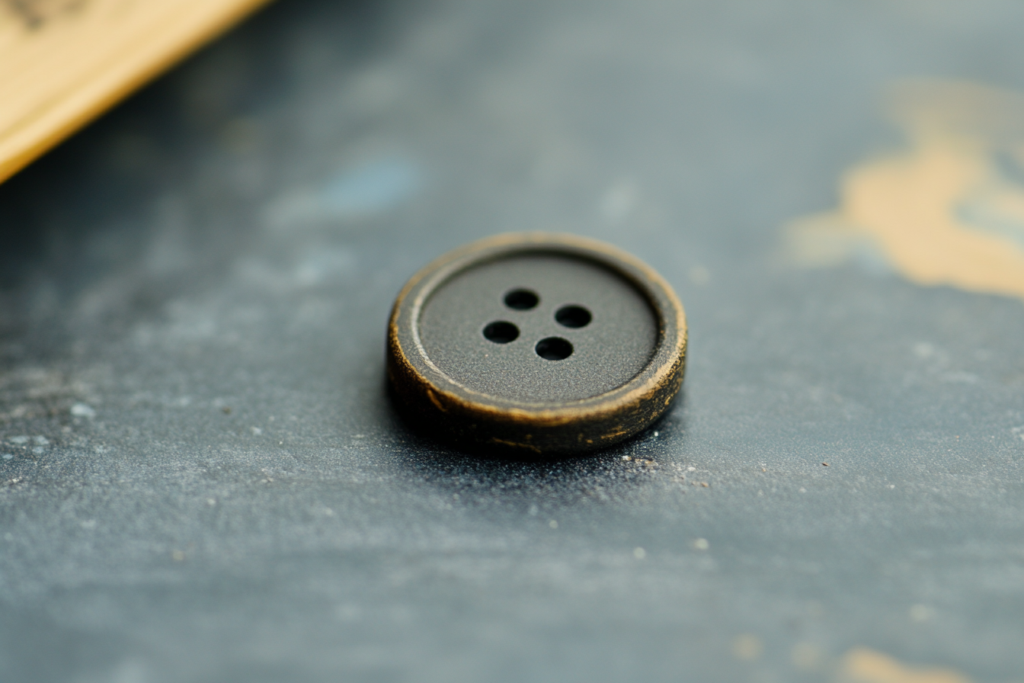Lignes: The Standard Unit for Measuring Button Size
Meta Description: Lignes (L) are a unit of measurement used to determine button size, with 40 lignes equaling one inch. Learn how to convert and choose the right button size for garments.
What Are Lignes in Button Measurement?
Lignes (L) are a standardized unit of measurement used in the fashion and textile industry to determine button size. One ligne equals 1/40th of an inch, meaning a button of size 40 lignes measures exactly one inch in diameter.
This measurement system is widely used in button manufacturing, tailoring, and garment design to ensure uniformity in button sizing across different brands and regions.
Key Features of Lignes (L) as a Button Measurement
✔ 1 Ligne = 1/40th of an Inch – A 40L button equals 1 inch in diameter.
✔ Used in Fashion & Textile Industry – Standardized for button and fastener production.
✔ Precise & Consistent Measurement System – Ensures uniform button sizing worldwide.
✔ Commonly Used in Tailoring & Manufacturing – Found in shirts, suits, coats, and accessories.
✔ Allows for Easy Conversion Between Sizes – Helps designers choose the correct button size for each garment type.
Lignes to Inch & Millimeter Conversion Chart
| Lignes (L) | Inches (“) | Millimeters (mm) | Common Uses |
|---|---|---|---|
| 10L | 0.25″ | 6.35 mm | Small shirt buttons, decorative buttons |
| 16L | 0.40″ | 10 mm | Dress shirts, light blouses |
| 20L | 0.50″ | 12.7 mm | Medium shirts, lightweight jackets |
| 24L | 0.60″ | 15.2 mm | Polo shirts, casualwear |
| 32L | 0.80″ | 20.3 mm | Outerwear, suit buttons |
| 40L | 1.00″ | 25.4 mm | Coats, jackets, trench coats |
| 50L | 1.25″ | 31.75 mm | Large coat buttons, statement buttons |
💡 Tip: Smaller buttons (10L–24L) are typically used in shirts and blouses, while larger buttons (32L–50L) are found in coats, jackets, and decorative pieces.
Where Are Lignes Used in Fashion?
📌 Shirts & Blouses – Standard button sizes range from 16L to 24L.
📌 Suits & Blazers – Typically use 24L–32L buttons for front closures.
📌 Coats & Outerwear – Require larger buttons from 32L to 50L.
📌 Denim & Workwear – Use durable, medium-sized buttons (20L–32L).
📌 Accessories & Decorative Items – Lignes measure metal snaps, buckles, and embellishments.
How to Choose the Right Button Size Using Lignes
✔ For Dress Shirts & Lightweight Fabrics → Use 16L–24L buttons.
✔ For Jackets, Blazers & Outerwear → Choose 24L–40L buttons.
✔ For Statement Pieces & Coats → Opt for 40L–50L oversized buttons.
✔ For Accessories & Decorative Use → Select custom sizes based on design needs.
Lignes vs. Other Button Measurement Systems
| Measurement System | Used In | Example Size |
|---|---|---|
| Lignes (L) | Global button industry | 40L = 1 inch |
| Inches (” or in) | U.S. & U.K. tailoring | 1 inch = 40L |
| Millimeters (mm) | European fashion & accessories | 25.4 mm = 40L |
Lignes are widely used across international button manufacturing for precision and consistency.
Why Are Lignes Important in Fashion Design?
✔ Ensures Standardized Button Sizing – Avoids size mismatches in garment production.
✔ Makes Button Selection Easier – Helps designers and tailors choose the right button proportion.
✔ Used in Global Manufacturing – Ensures seamless integration between different suppliers and brands.
✔ Allows for Customization – Designers can choose exact button sizes for specific garment styles.
Conclusion: The Role of Lignes in Button Sizing
Lignes remain the most widely used unit for measuring buttons in fashion and garment manufacturing. Whether in shirts, coats, or accessories, understanding button size measurements in lignes helps designers select the right fit and proportion for each piece.
By using this standardized measurement system, manufacturers ensure precision, consistency, and compatibility across the fashion industry, making button selection seamless and efficient.



